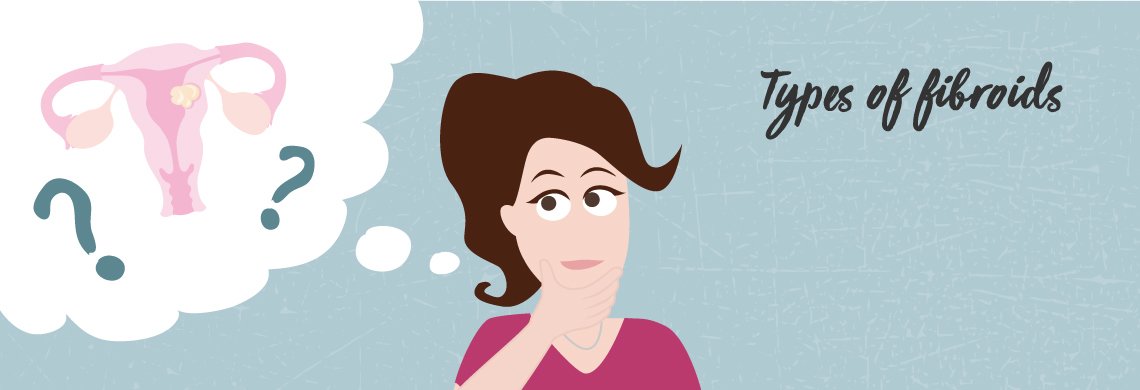
Fibroids: What are they?
Fibroids (also called myomas) are benign cysts that develop in the wall of the uterus (womb). They consist primarily of muscle fibres and connective tissue and feel rubbery. It sounds frightening, but in many cases, women experience few symptoms. What’s more; most fibroids are discovered by chance. Fibroids can vary in size considerably, but it is the position of the fibroid that influences the symptoms and any treatment. We have therefore included a short explanation of the various types of fibroids below.
When is a fibroid not a fibroid?
When it’s a polyp! Polyps are benign growths that grow in the lining of the uterus (endometrium) and look like little toadstools. They can grow in the uterus (womb) and the cervix (neck of the womb) and are prone to bleeding. They will need to be investigated as very rarely, polyps can be cancerous. Treatment usually involves a hysteroscopy to remove the polyps. They can sometime return, so further treatment may be necessary.
A fibroid is a protrusion of the muscle fibre of the uterus and has a completely different structure to a polyp. Growth of fibroids is influenced by oestrogens, and they therefore develop during the fertile period. Fibroids can vary considerably in size and location and often cause more symptoms than polyps do. The position of the fibroid determines its type.
Types of fibroids
We have listed the different types of fibroids to give you an idea of the symptoms.
Subserosal fibroids – Fibroid types 5, 6, and 7
- Subserosal fibroids are located beneath the endometrium in the uterine cavity. They grow outwards from the uterine wall in the direction of the uterine cavity. Unlike submucosal fibroids, they develop outwards and the fibroid may even be connected to the uterine wall by a small stalk only (pedunculated fibroids). Subserosal fibroids have no effect on menstruation, but because of their size, they can cause pressure on other organs, or twist around the stalk, which can cause severe pain.
Intramural fibroids – Fibroid types 1, 2, 3, and 4
- Intramural fibroids grow inside the muscle fibre of the uterine wall, which makes the uterus feel larger than normal. This is the most common type of fibroid and symptoms usually include heavy periods and pain or pressure on the pelvis.
Submucosal fibroids – Fibroid types 0,1, and 2
- Submucosal fibroids grow beneath the endometrium in the uterine cavity. This type of fibroid can grow into the uterine cavity and thus affect the shape and size of the uterine cavity. Submucosal fibroids are less common, and the most common symptoms include heavy periods.
Intracavitary fibroids – Fibroid type
- Intracavitary fibroids are located in the uterine cavity and usually cause serious menstrual complaints.
Cervical fibroids – Fibroid type 8
- Cervical fibroids are located in the cervix and are very rare.
Intraligamentary fibroids – Fibroid type 8
- Intraligamentary fibroids are located in the connective tissue of the uterus that leads to the pelvic wall.
Prolapsed fibroids – Fibroid type 8
- A fibroid that has prolapsed via the uterine opening and extends into the vagina (prolapsed fibroid).
Treatment for fibroids
As stated, most women experience no or few symptoms from fibroids. The risk of a fibroid becoming malignant is exceptionally low, and treatment is therefore only necessary if symptoms are experienced. While the size of a fibroid can vary from a pinhead to a grapefruit, it is primarily the position of the fibroid that determines the severity of the symptoms. In particular, fibroids that are located (partly) in the uterine cavity cause serious menstrual problems and so dictate whether or not treatment is necessary.
Suffering from heavy bleeding?
Concerned about whether your heavy periods are caused by fibroids or polyps? Then contact your GP. In most cases, treatment is available for permanent relief from your pain and menstrual problems.




